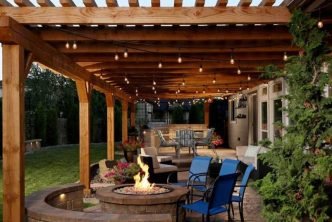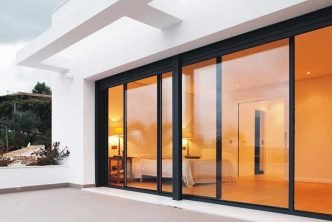A leaking roof can be a homeowner’s worst nightmare. Not only does it cause immediate damage to the interior of the property, but if left unaddressed, it can lead to more extensive and costly repairs. Whether you have a small residential roof or a larger commercial one, promptly finding and stopping roof leaks is crucial. This article will explore some effective steps to help you stop those bothersome roof leaks and protect your property from further water damage.
Table of Contents
Identify the Source of the Leak
The first step in stopping a roof leak is to identify its source. Sometimes, the signs of water damage inside the property may not directly point to the leak’s location on the roof. Look for any visible water stains or damp spots on the ceilings and walls. Trace the water path to determine the leak’s general area. Remember that water can travel along rafters or other internal structures before entering the living space.
Inspect the Roof Surface
Once you have a general idea of where the leak might be coming from, it’s time to inspect the roof surface. Exercise extreme caution when accessing the roof, especially when climbing ladders or walking on steep slopes. Look for any damaged or missing shingles, cracked tiles, or gaps in the roofing material. Check around chimneys, vents, skylights, and other roof penetrations, as these areas are common culprits for leaks.
Fix Damaged Roofing Material
If you find any damaged roofing material during your inspection, addressing the issues promptly is essential. Replace missing or broken shingles, tiles, or any other compromised roofing components. Use appropriate roofing materials and follow proper installation guidelines to ensure a watertight seal.
Check Flashing and Sealants
Flashing, typically made of metal or other waterproof materials, is used to seal joints and prevent water from entering vulnerable areas of the roof. Inspect the flashing around chimneys, vents, and skylights to see if it is properly installed and in good condition. If the flashing is damaged, deteriorating, or improperly sealed, it may be a potential source of leaks. Replacing or repairing the flashing can help resolve the issue.
Clear Gutters and Downspouts
Clogged gutters and downspouts can lead to water backup and cause leaks in the roof. Regularly clean out debris from the gutters to ensure smooth water flow. Make sure the downspouts direct water away from the foundation of the building to prevent water from pooling around the roof edges.
Apply Roof Sealant
In some cases, a roof leak may be caused by small cracks or gaps in the roofing material that are not easily visible. Roof sealant can be an effective solution for sealing minor leaks and preventing further water infiltration. Make sure to choose a high-quality roof sealant compatible with your roofing material.
Consider EPDM Roofing for Long-Term Solutions
If your roof is aging and prone to frequent leaks, it might be time to consider a more durable and long-lasting solution. EPDM roofing is an excellent choice for flat and low-slope roofs. Its synthetic rubber construction provides superior waterproofing properties, making it highly resistant to leaks and water damage.
For those looking for shed roof repair or replacement, https://www.rubberroofingdirect.co.uk/shed-roof-repair-replacement/ offers high-quality EPDM roofing kits. These kits include all the necessary components to create a reliable and watertight roofing system, ensuring you can bid farewell to those troublesome leaks for good.
Conclusion
Stopping a roof from leaking water requires a systematic approach to identify and address the source of the problem. Regular roof inspections, prompt repairs, and using quality roofing materials and sealants are essential to prevent leaks and protect your property from water damage.
In more severe cases, consider upgrading to a more durable roofing solution like EPDM to enjoy long-term peace of mind and a leak-free environment. Remember, addressing roof leaks early can save you from significant headaches and costly repairs.





